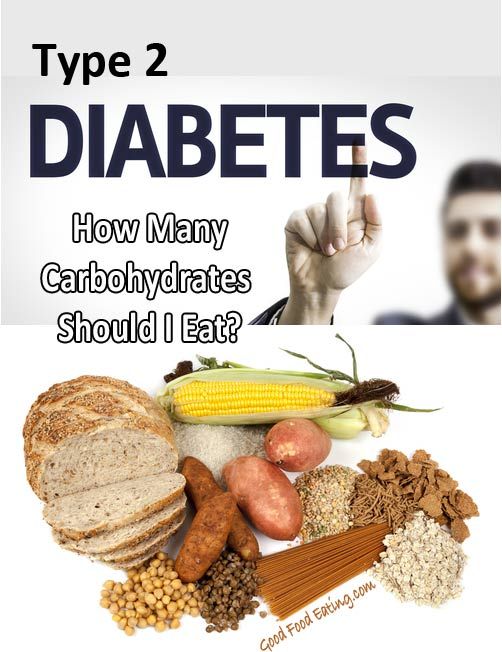← Go to the Diet Generator
View other
Find on Amazon
Percent calories from...
oz
| Nutrition Facts | |
|---|---|
| For a Serving Size of | |
| How many calories are in New Belgium Fat Tire Amber Ale, Bottle, 12 oz? Amount of calories in New Belgium Fat Tire Amber Ale, Bottle, 12 oz: Calories | Calories from Fat (%) |
| % Daily Value * | |
| How much fat is in New Belgium Fat Tire Amber Ale, Bottle, 12 oz? Amount of fat in New Belgium Fat Tire Amber Ale, Bottle, 12 oz: Total Fat | |
| How much sodium is in New Belgium Fat Tire Amber Ale, Bottle, 12 oz? Amount of sodium in New Belgium Fat Tire Amber Ale, Bottle, 12 oz: Sodium | |
| How many carbs are in New Belgium Fat Tire Amber Ale, Bottle, 12 oz? Amount of carbs in New Belgium Fat Tire Amber Ale, Bottle, 12 oz: Carbohydrates | |
| How many net carbs are in New Belgium Fat Tire Amber Ale, Bottle, 12 oz? Amount of net carbs in New Belgium Fat Tire Amber Ale, Bottle, 12 oz: Net carbs | |
| How much sugar is in New Belgium Fat Tire Amber Ale, Bottle, 12 oz? Amount of sugar in New Belgium Fat Tire Amber Ale, Bottle, 12 oz: Sugar | |
| How much fiber is in New Belgium Fat Tire Amber Ale, Bottle, 12 oz? Amount of fiber in New Belgium Fat Tire Amber Ale, Bottle, 12 oz: Fiber | |
| How much protein is in New Belgium Fat Tire Amber Ale, Bottle, 12 oz? Amount of protein in New Belgium Fat Tire Amber Ale, Bottle, 12 oz: Protein | |
| Vitamins and minerals | |
| Fatty acids | |
| Amino acids | |
| * The Percent Daily Values are based on a 2,000 calorie diet, so your values may change depending on your calorie needs. | |
Report a problem with this food
Find on Amazon
Percent calories from...
Note: Any items purchased after clicking our Amazon buttons will give us a little referral bonus. If you do click them, thank you!
If you're following a low-carb " + "diet, this is the number you should pay attention to.
Serving Size
Amount Per Serving
160
Calories
% Daily Value*
0%
Total Fat 0g
0% Saturated Fat 0g
Trans Fat 0g
0%
Cholesterol 0mg
1%
Sodium 15mg
5%
Total Carbohydrate 15g
0%
Dietary Fiber 0g
Total Sugars 0g
0%
Includes 0g Added Sugars
Protein 2.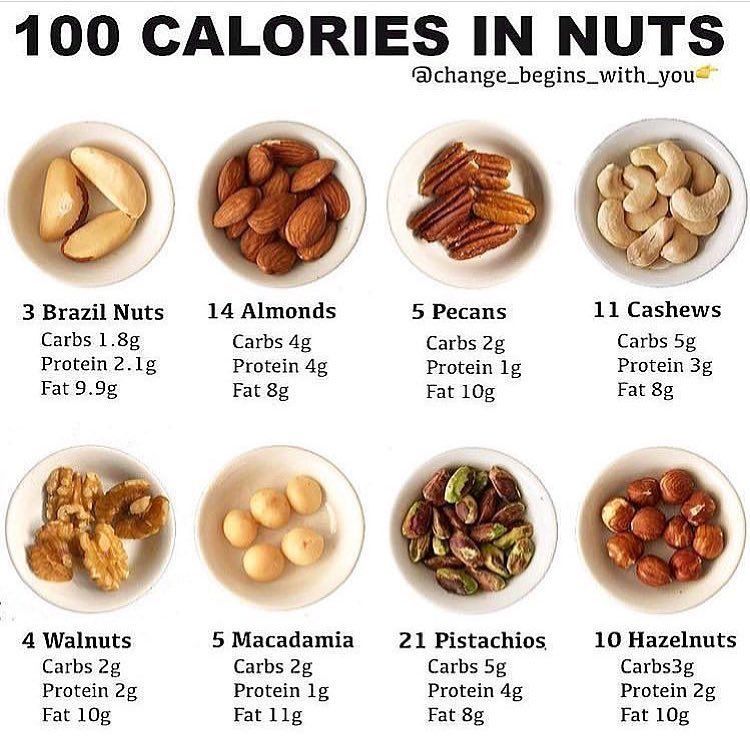 2g
2g
5.2% ABV
Alcohol 14.6g
0% Vitamin D 0mcg
1% Calcium 14mg
0% Iron 0mg
2% Potassium 98mg
0% Vitamin A 0mcg
0% Vitamin C 0mg
*
The % Daily Value (DV) tells you how much a nutrient in a serving of food contributes to a daily diet. 2,000 calories a day is used for general nutrition advice.
15 Net Carbs Per Serving
Add to Food Diary
Burn 160 Calories
29.4 minutes Walking at 17 min/mile
150-pound adult. No incline or extra weight carried.
Burn 160 Calories
24.1 minutes Weight training
150-pound adult. Moderate effort.
Burn 160 Calories
11 minutes Cycling at 18 mph
150-pound adult.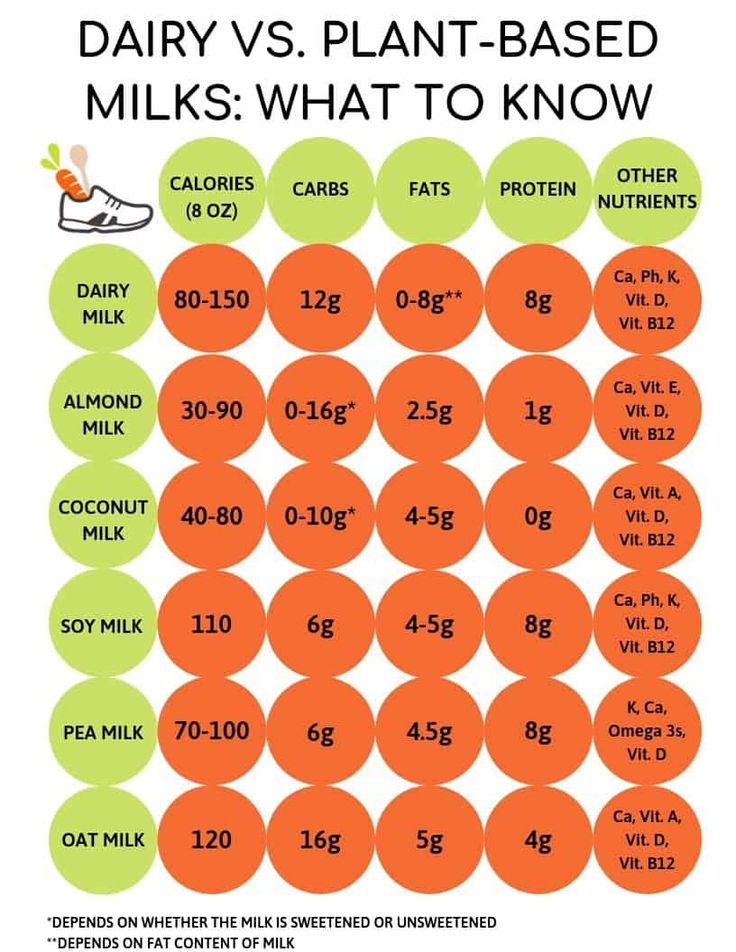 No significant wind or incline.
No significant wind or incline.
Burn 160 Calories
8.6 minutes Running stairs
150-pound adult. Moderate pace.
Burn 160 Calories
13.4 minutes Running at 10 min/mile
150-pound adult. No incline.
Previous Next
New Belgium Items
| New BelgiumTrippel Belgian Style Ale 12 fl oz | |
| New BelgiumCitradelic Tangerine IPA 12 fl oz | |
| New BelgiumVoodoo Ranger Juicy Haze IPA 12 fl oz | |
| New BelgiumVoodoo Ranger Imperial IPA 12 fl oz | |
| New BelgiumMountain Time Premium Lager 12 fl oz | |
| New BelgiumVoodoo Ranger IPA 12 fl oz | |
| New BelgiumAccumulation White IPA 12 fl oz | |
| New BelgiumVoodoo Ranger American Haze IPA 12 fl oz |
You must be logged into your account in order to add items to your food diary.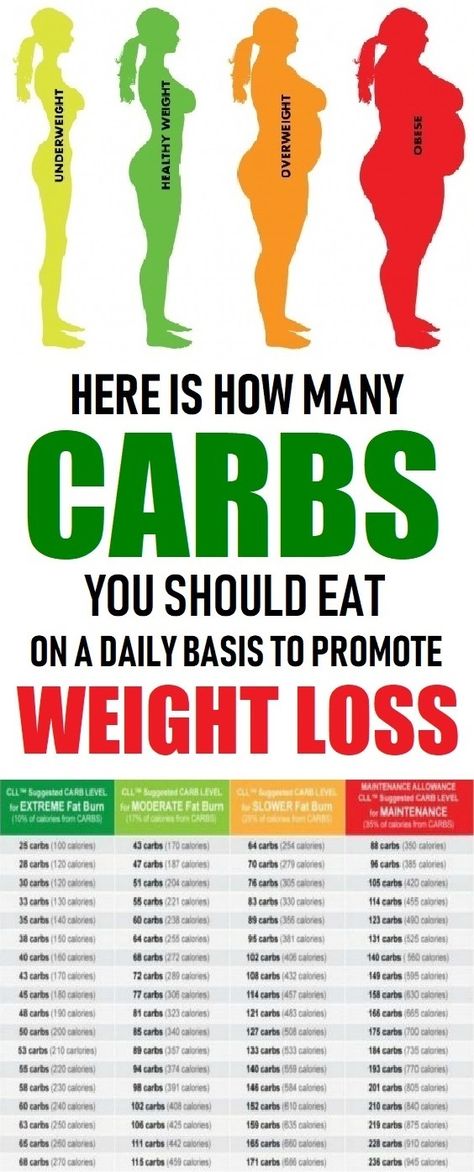
Sign In
or
Chemical composition and calories in beer
A mug of cool foamy beer is a favorite low-alcohol drink of many people around the world. There are several varieties of this drink, which differ from each other in taste characteristics, preparation technology and appearance. Light beer has a slight bitterness and a golden color. Dark beer has a richer bitter taste, sometimes with a slight hint of sweetness, and its color can vary from chocolate to dark brown or almost black.
How many calories are in beer? This indicator differs for different types of drink. 100 light beer contains 42 kcal, and the same portion of a dark drink will have 48 kcal. Despite differences in nutritional value, all types of drink are devoid of fat. The amount of carbohydrates in beer can be from 4 to 6 g per 100 g of drink, and proteins in such a serving will be only 0.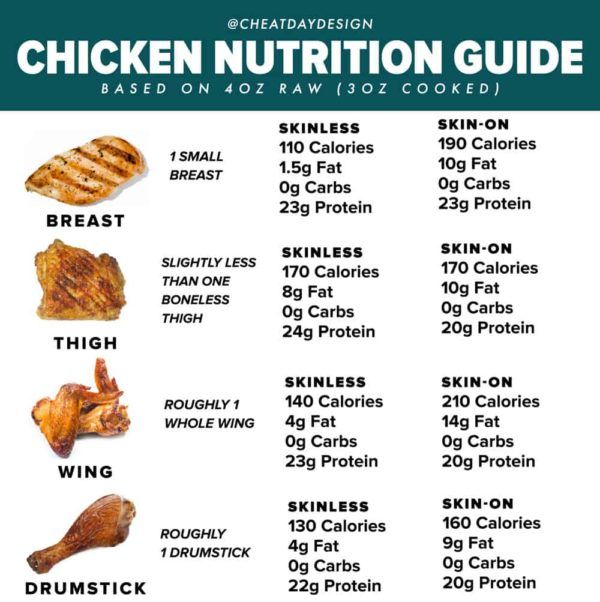 3 g.
3 g.
How many calories are in 1 liter of beer? The specified portion of a light drink contains approximately 420 kcal, and in a liter bottle of dark beer there will be 480 kcal. With such an energy value, beer has a rich chemical composition. A high-quality drink prepared without harmful additives and flavor enhancers contains a large amount of B vitamins. Beer contains useful mineral compounds - calcium, iron, magnesium, potassium, phosphorus, sodium and many others. The drink also acts as a source of natural enzymes and amino acids.
A 0.5 liter bottle of beer contains between 210 and 240 calories. Quality beer must contain yeast, water, hops and malt. The color and taste of the drink depend on the degree of roasting of the malt. A separate variety is live beer, in the manufacture of which preservatives and the pasteurization process are not used. Such a drink can be stored for no more than a week and contains only 39 kcal per 100 g.0002 With a relatively low calorie content of a liter of beer, this drink has a number of beneficial properties for the human body.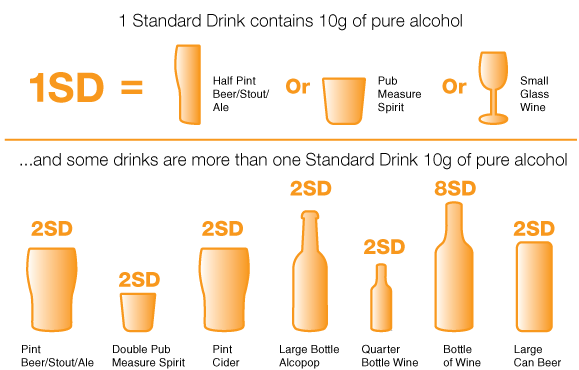 But only the drink, which contains only natural ingredients, will be really useful. Light beer quenches thirst well, so it is pleasant to drink it in hot weather. The drink contains a lot of iron, which makes beer especially useful for anemia. In small quantities, this drink increases the level of hemoglobin in the blood, improves mood.
But only the drink, which contains only natural ingredients, will be really useful. Light beer quenches thirst well, so it is pleasant to drink it in hot weather. The drink contains a lot of iron, which makes beer especially useful for anemia. In small quantities, this drink increases the level of hemoglobin in the blood, improves mood.
Knowing how many calories are in a bottle of beer, you can calculate the size of the optimal portion of the drink, which will not harm the body. Especially useful is live beer, which is made from live yeast and contains much more useful chemical compounds. Regular consumption of live beer has a good effect on digestion, stimulates appetite and improves the overall tone of the body.
Having a number of useful properties, beer still remains an alcoholic drink. When drinking, it is important to comply with the norm, since in large quantities alcohol adversely affects the functioning of the liver and other organs. You should not drink a lot of beer for people who have problems with being overweight.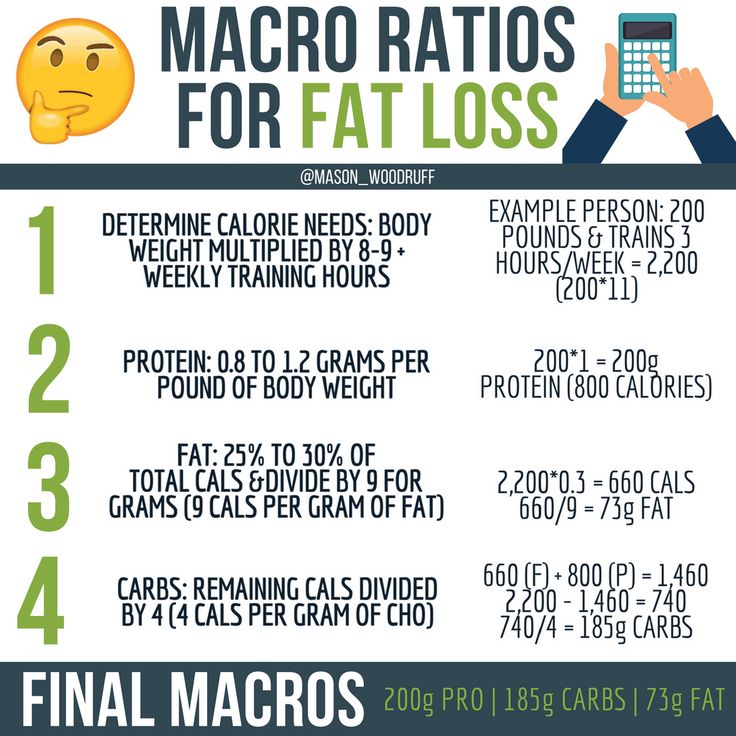 The drink should not be drunk by children and adolescents under 18 years of age. Beer is contraindicated in pregnancy, diseases of the stomach and liver.
The drink should not be drunk by children and adolescents under 18 years of age. Beer is contraindicated in pregnancy, diseases of the stomach and liver.
Use of beer in cosmetics
Beer is not only a popular drink, but also often used for various beauty treatments. It doesn't matter how many calories are in a liter of beer. Its value in cosmetology is explained by the high content of chemical compounds that benefit the skin and hair.
Based on this alcoholic drink, therapeutic mixtures are made to eliminate acne. When applied externally, beer improves skin tone, smoothes wrinkles and improves complexion. Masks based on such a drink have a beneficial effect on the condition of oily skin, narrow pores, and act as a prophylactic against dermatitis.
Beer is often used as a hair cosmetic. The drink is part of various homemade masks, and can also be used as an independent hair rinse. This use of beer allows you to get rid of dandruff, makes hair stronger and well-groomed.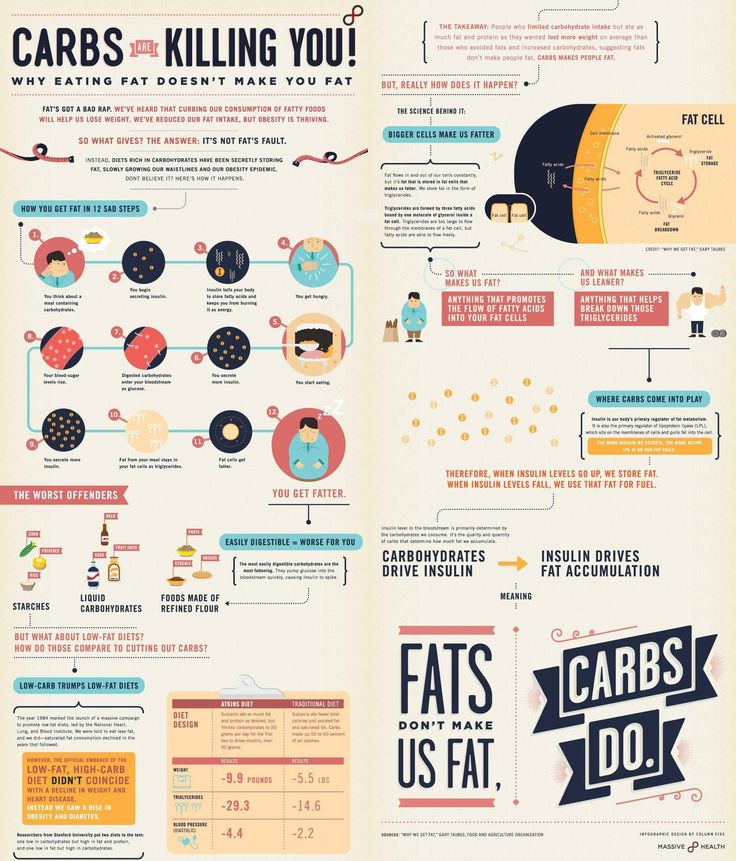
The use of beer in cooking and recommendations for drinking
Knowing how many calories are in a mug of beer, you can sometimes afford this drink. Beer is served with potato chips, nuts or fried toast, salted fish, squid. The drink is also drunk with fried chicken wings, baked pork ribs, sausages. Beer is consumed chilled. It is poured into a glass container, directing a stream along the vessel wall in order to keep a dense foam on the surface of the beer.
Beer is not only an alcoholic drink in its own right, but can also be used as an ingredient in other dishes. Sauces for meat and fish are often prepared from it, allowing you to give the finished dish interesting flavor notes. Beer is added to the dough for pastries and cakes, used as a marinade for various types of meat and fish.
The amount of calories in beer must be taken into account when calculating the total energy value of the finished dish. To prepare a marinade for pork, beef or game meat, dark beer is ideal. Chicken, fish and turkey are best marinated in light beer.
Chicken, fish and turkey are best marinated in light beer.
Beer contains 3.6 g carbohydrates per 100 g of product, this is approximately 87% of all energy from a serving or 14 cal. calories - 43 kcal.
Ingredients of beer:
fats - 0.00 g, proteins - 0.46 g, carbohydrates - 3.55 g, water - 91.96 g, ash - 0.16 g.
Total content sugars - 0.0 g, fiber - 0.0 g, starch - 0.0 g.
Cholesterol content - 0.0 mg, trans fats - 0.0 g.
100 g of beer contains 1% of the daily protein requirement, fats - 0% and carbohydrates - 1%.
| BJU, content | Percentage of Daily Value per 100 g | |
|---|---|---|
| Squirrels | 0.5 g | 0.6% |
| Fats | 0. 0 g 0 g | 0.0% |
| Carbohydrates | 3.6 g | 1.1% |
There are no fat-soluble vitamins in beer. Of the water-soluble vitamins B1, B2, B3 (PP), B4, B5, B6, B9 and B12 are present.
| Vitamin content | Percentage of Daily Value per 100 g | |
|---|---|---|
| Vitamin A | 0.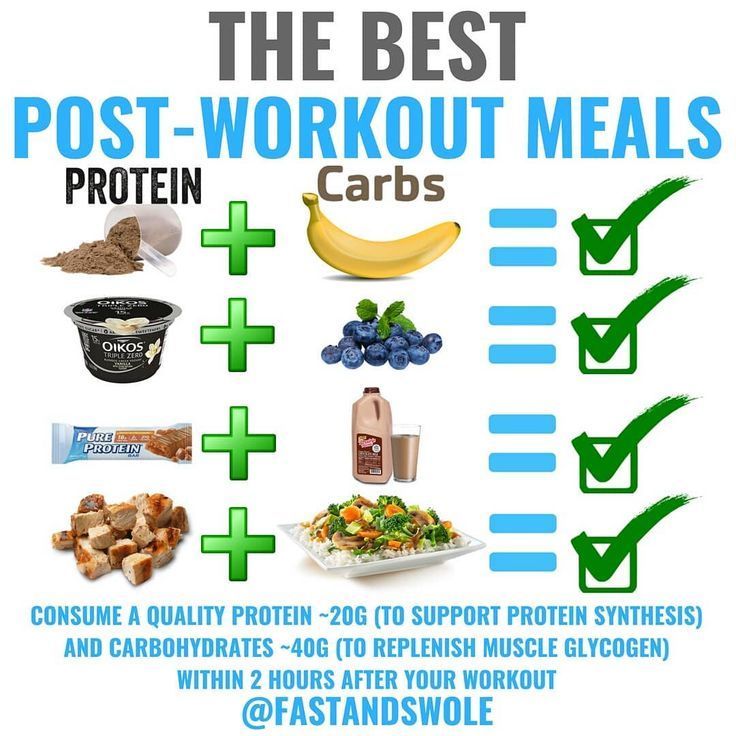 0 µg 0 µg | 0.0% |
| beta carotene | 0.0 µg | 0.0% |
| Alpha carotene | 0.0 µg | 0. 0% 0% |
| Vitamin D | 0.0 µg | 0.0% |
| Vitamin D2 | n/a | 0.0% |
| Vitamin D3 | n/a | 0.0% |
| Vitamin E | 0.0 mg | 0.0% |
| Vitamin K | 0.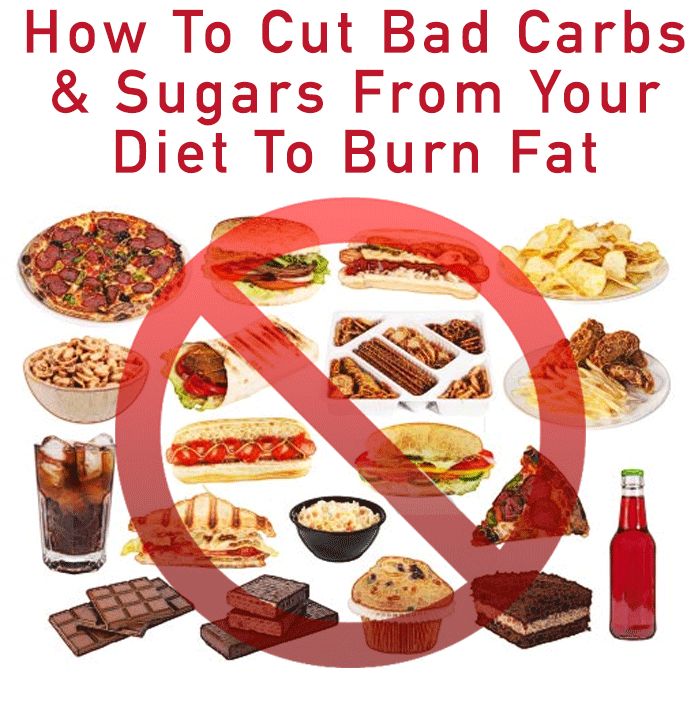 0 µg 0 µg | 0.0% |
| Vitamin C | 0.0 mg | 0.0% |
| Vitamin B1 | 0.0 mg | 0.4% |
| Vitamin B2 | 0.0 mg | 1.9% |
| Vitamin B3 | 0.5 mg | 3.2% |
| Vitamin B4 | 10.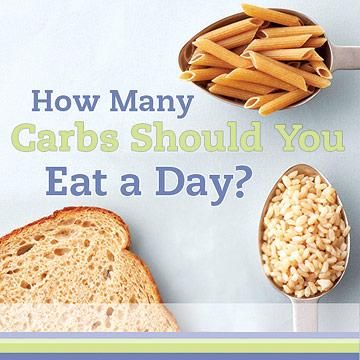 1 mg 1 mg | 2.0% |
| Vitamin B5 | 0.0 mg | 0.8% |
| Vitamin B6 | 0.0 mg | 3.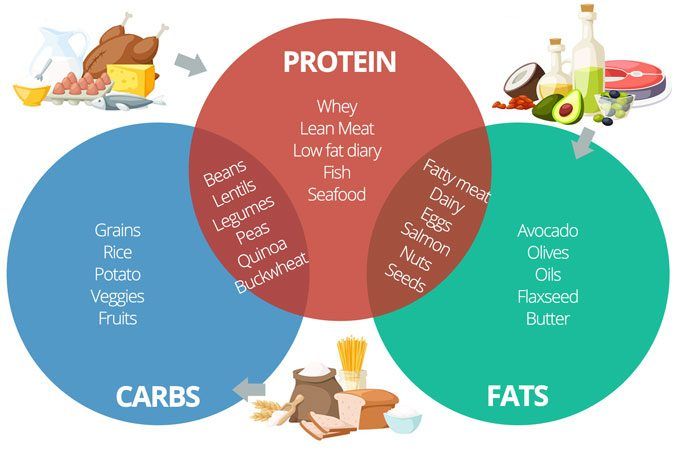 5% 5% |
| Vitamin B9 | 6.0 μg | 1.5% |
| Vitamin B12 | 0.0 µg | 0.8% |
| fat soluble water soluble |
The ratio of minerals (macro- and microelements), contained in beer is presented in the table using diagrams.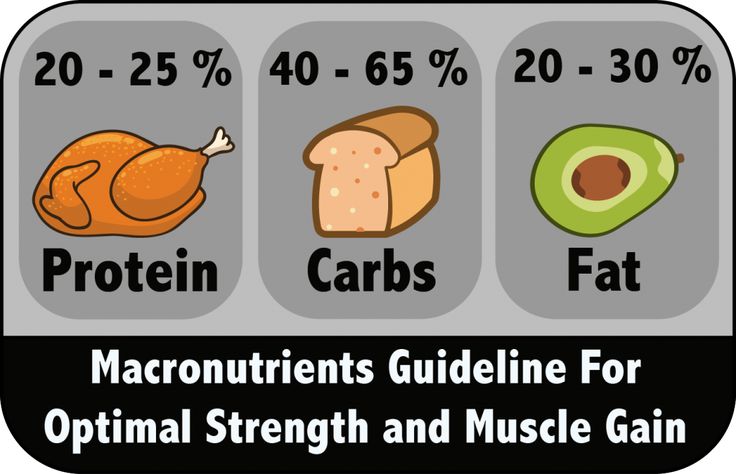
| Mineral content | Percentage of Daily Value per 100 g | |
|---|---|---|
| Calcium | 4.0 mg | 0.4% |
| Iron | 0.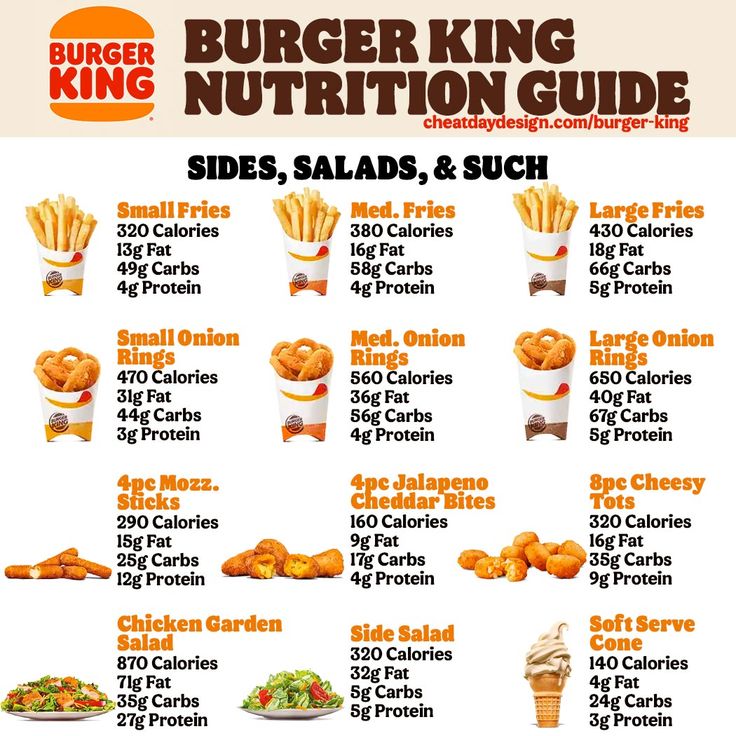 0 mg 0 mg | 0.2% |
| Magnesium | 6.0 mg | 1.5% |
| Phosphorus | 14.0 mg | 2.0% |
| Potassium | 27.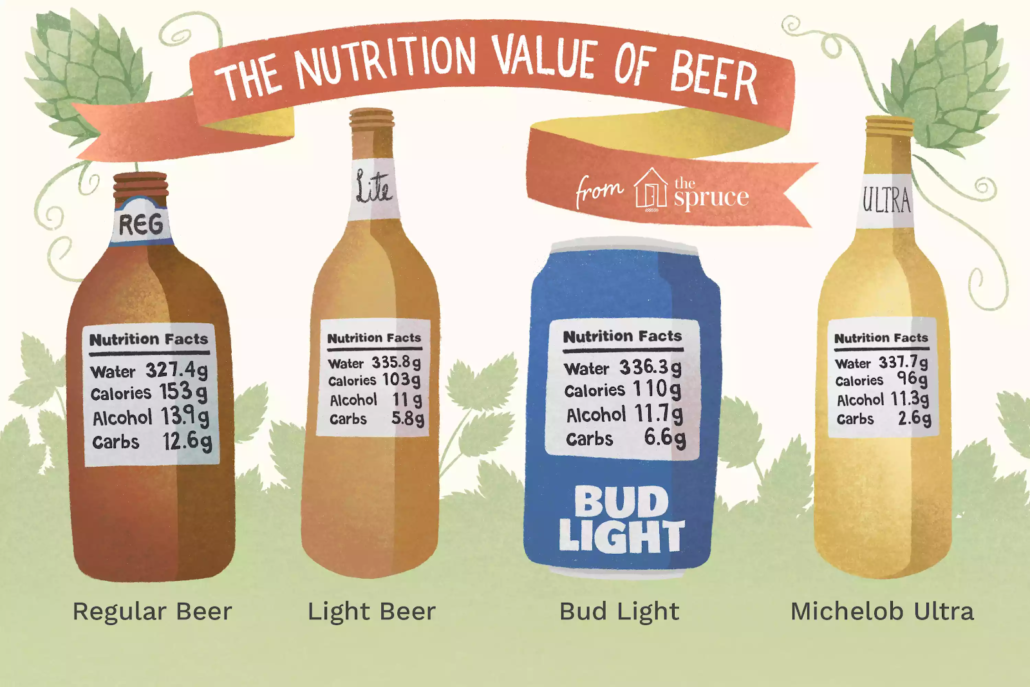 0 mg 0 mg | 0.6% |
| Sodium | 4.0 mg | 0.3% |
| Zinc | 0.0 mg | 0.1% |
| Copper | 0.0 mg | 0.6% |
| Manganese | 0.0 mg | 0.3% |
| Selenium | 0.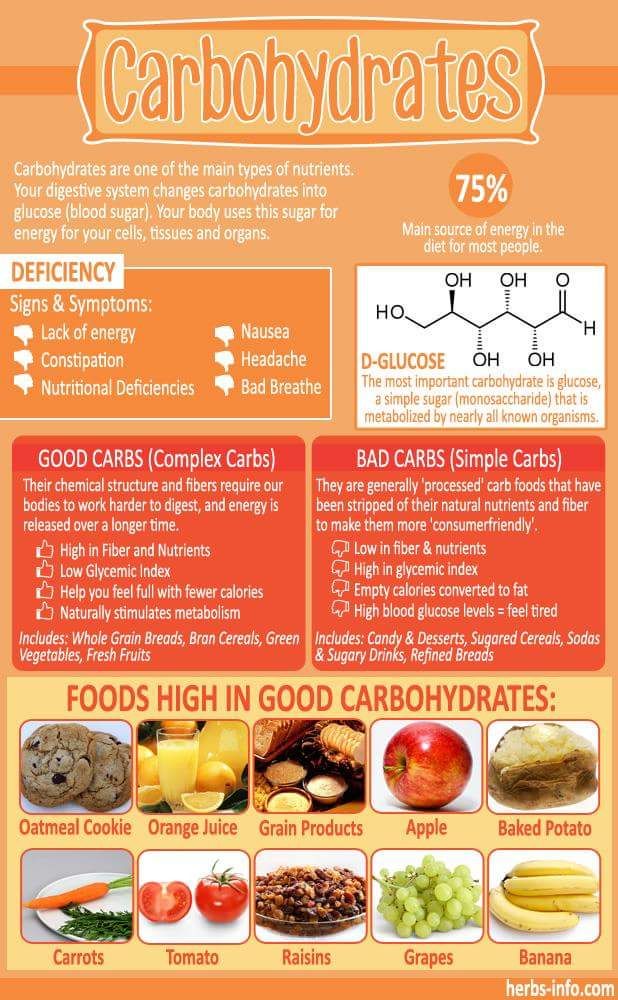 6 µg 6 µg | 1.1% |
| Fluorine | 44.2 mcg | 1.1% |
Product category
All products Meat Meat from slaughtered animals Meat of wild animals (game) by-products Poultry meat (and by-products) Fish Seafood (all categories) shellfish Shellfish (crayfish, crabs, shrimp) Seaweed Eggs, egg products Milk and dairy products (all categories) Cheese Milk and dairy products Cottage cheese Other milk products Soy and soy products Vegetables and vegetable products tubers Roots Cabbage (vegetables) Salad (vegetables) Spicy (vegetables) Bulbs (vegetables) Nightshade melons Legumes Cereals (vegetables) Dessert (vegetables) Greens, herbs, leaves, salads Fruits, berries, dried fruits Mushrooms Fats, oils Lard, animal fat Vegetable oils nuts Cereals, cereals seeds Spices Flour, flour products Flour and bran, starch Bread, cakes, etc. Macaroni, noodles (pasta) Sweets, confectionery Fast food Drinks, juices (all categories) Fruit juices and nectars Alcoholic drinks Drinks (soft drinks) sprouted seeds Vegetarian products Vegan products (without eggs and milk) raw food products Fruits and vegetables Herbal products Animal products High protein foods
Macaroni, noodles (pasta) Sweets, confectionery Fast food Drinks, juices (all categories) Fruit juices and nectars Alcoholic drinks Drinks (soft drinks) sprouted seeds Vegetarian products Vegan products (without eggs and milk) raw food products Fruits and vegetables Herbal products Animal products High protein foods
